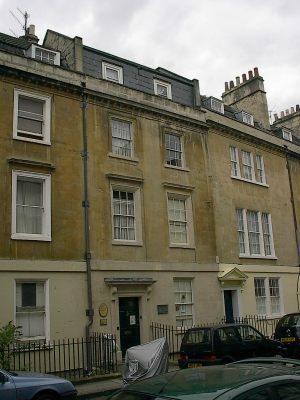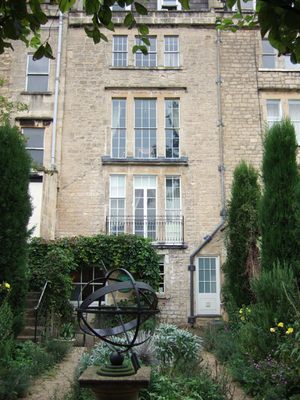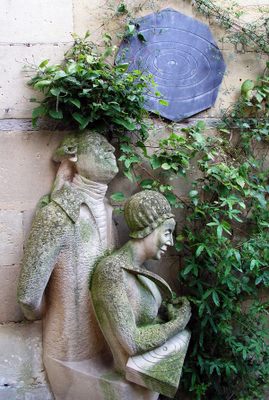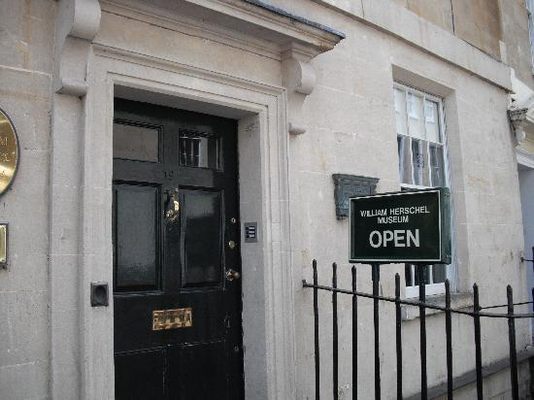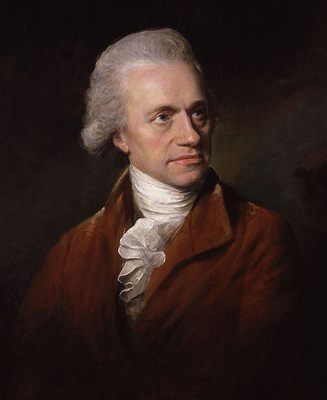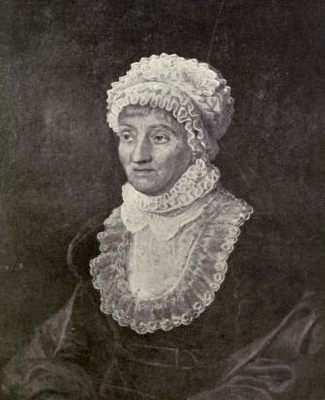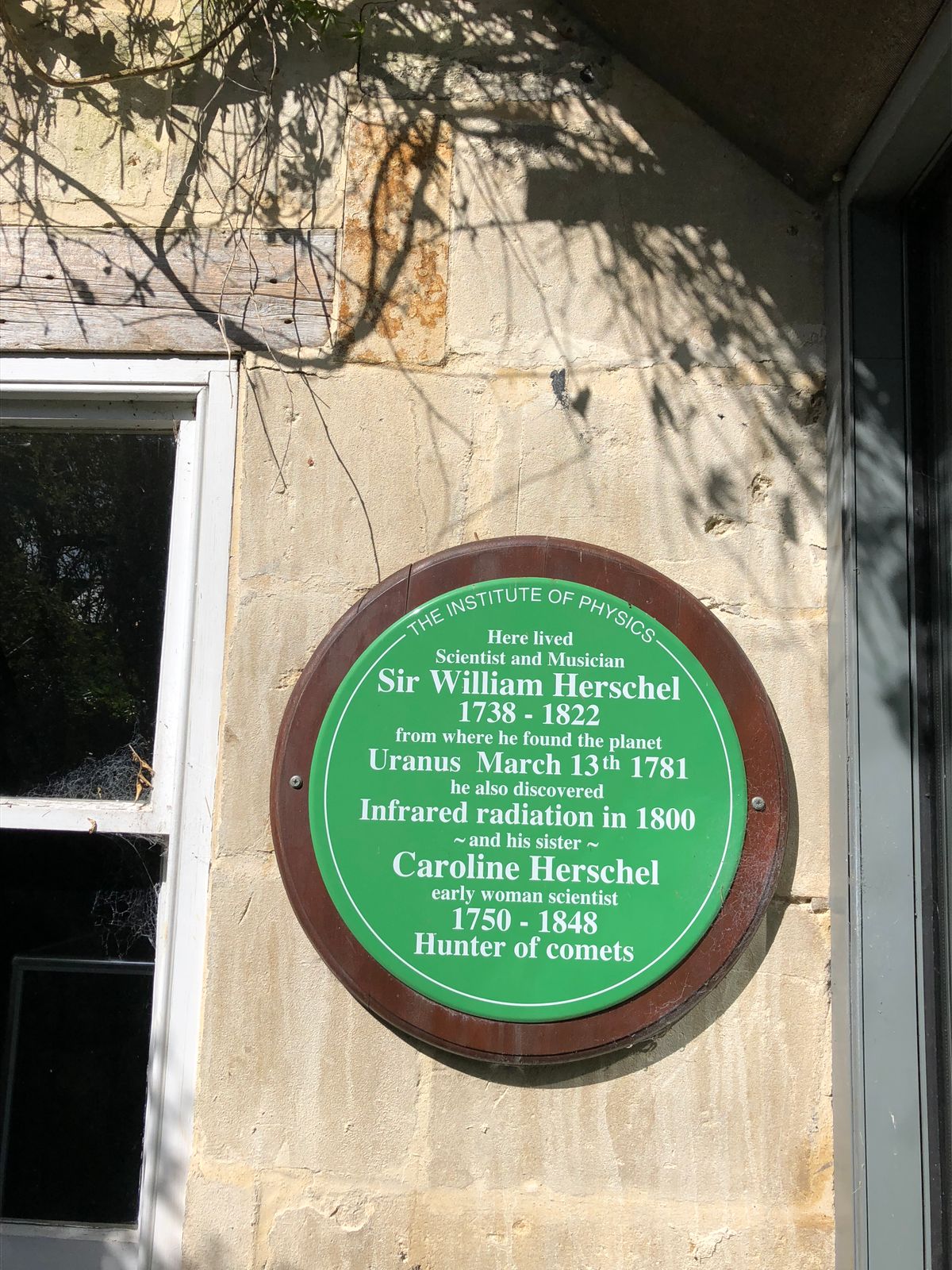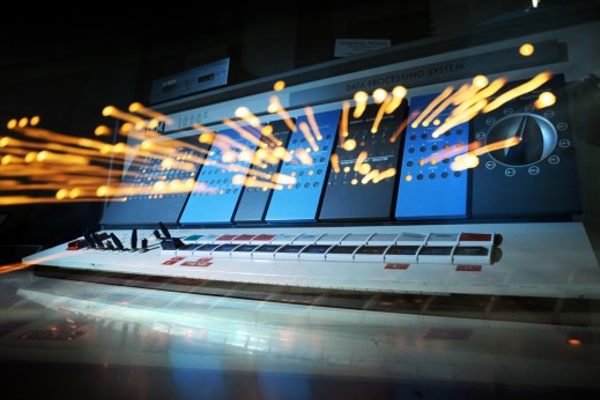About
Few amateur astronomers have enjoyed the success and fame of the brother and sister observing pair of William and Caroline Herschel. Together they were responsible for the discovery of one planet, four moons, and at least eight comets. The Herschel Museum of Astronomy, located in the Herschels' former home in Bath, England, is dedicated to acknowledging the achievements of the German-born astronomers.
The small museum houses a unique collection of the Herschels' astronomical as well as musical artifacts (both siblings were accomplished musicians who earned their living composing, performing, and teaching). It also focuses on the experience of daily life for the English middle class in the 1700s, when the Herschels inhabited the modest Georgian-style town house. Some of the collection's highlights include rare books and journals that belonged to Caroline and the original furnace where William melted the metal for the mirrors of his telescopes.
For all of the recognition that the Herschels now receive, one might be surprised to learn that the scientific community did not always accept them. William was rather eccentric by nature, and his claim to have observed forests and cities on the moon did little to earn him respect. When Herschel discovered the planet Uranus in 1781, however, his fellow astronomers were forced to acknowledge his gifts for observing and telescope-making. He would then go on to discover moons orbiting Saturn and Uranus and the rotation of Saturn's rings while Caroline became an expert comet-hunter and the first woman honored by the Royal Astronomical Society.
An important theme of the museum is William Herschel's telescope-making abilities, which were unrivaled at the time. In the home's basement, which has changed very little since the late 1700s, is the original workshop where Herschel ground his mirrors and a replica of his polishing machine that can be handled by visitors. Also on display is a reproduction of Herschel's 7-foot telescope, which he used to discover Uranus, and prompted him to say, "I have looked further into space than any human being did before me." Today we are able to glimpse light from significantly more distant sources, but much is owed to Herschel, who in his dedicated observing alone doubled the known size of our solar system.
Related Tags
Community Contributors
Added By
Published
February 24, 2010

